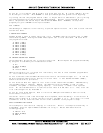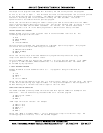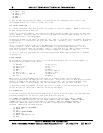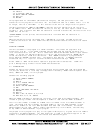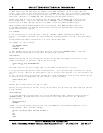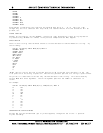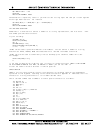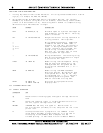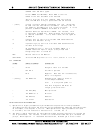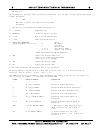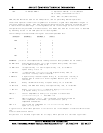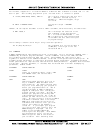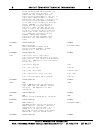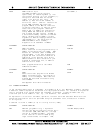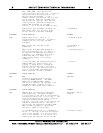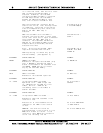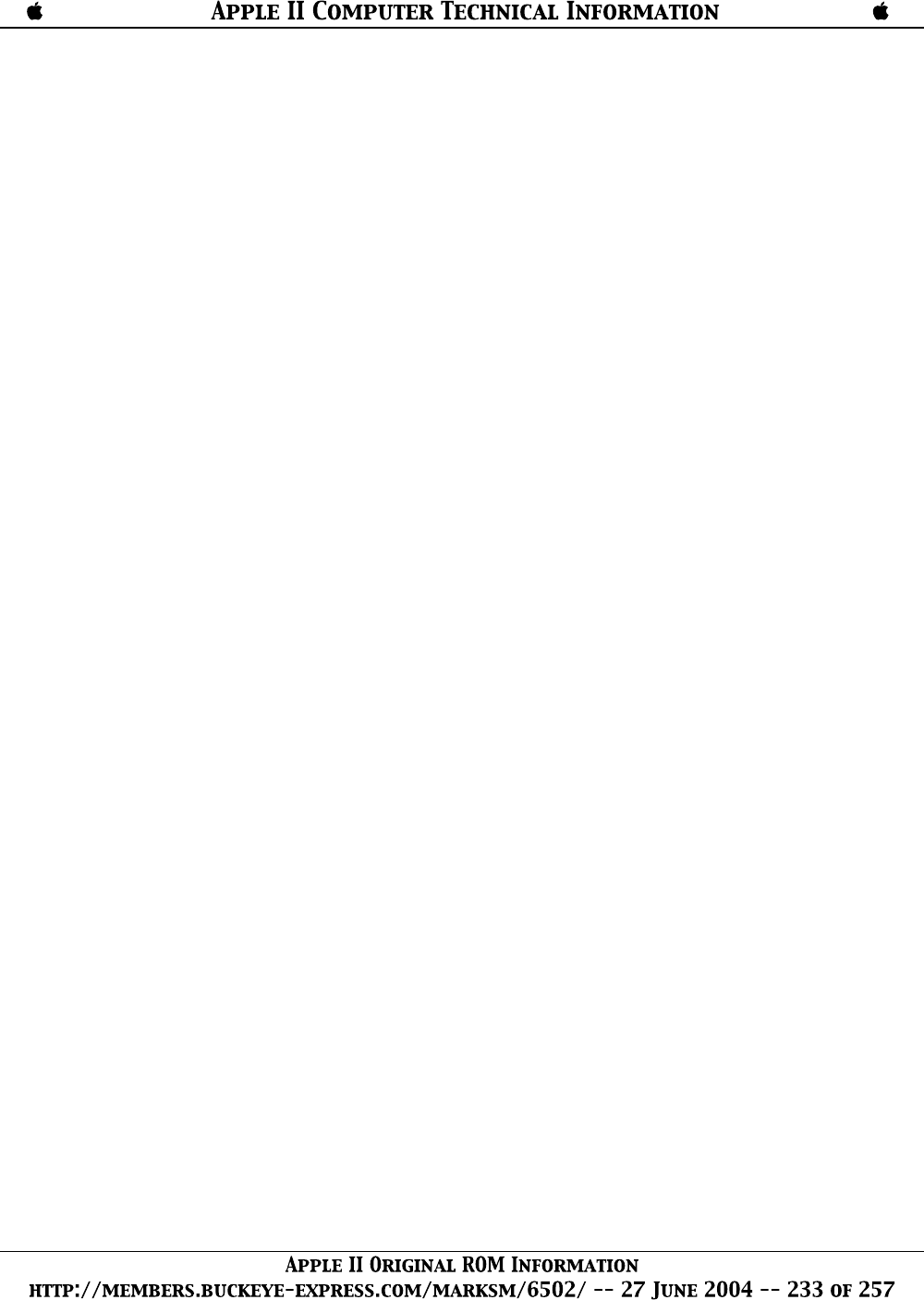
command level and OK is typed.
Prints "BREAK IN LINE XXXX," where XXXX is the line
number of the next statement to be executed.
There is no F1 key on a TTY. However, when TTY is being
used, the AIM 65's F1 key is operational and can be used.
: (colon) A colon is used to separate statements on a line. Colons may
be used in direct and indirect statements. The only limit on
the number of statements per line is the line length. It is not
possible to GOTO or GOSUB to the middle of a line.
? Question marks are equivalent to PRINT. For instance, ? 2+2
is equivalent to PRINT 2+2. Question marks can also be used
in indirect statements. 10 ? X, when listed, will be typed as
10 PRINT X.
$ A dollar sign ($) suffix on a variable name establishes the
variable as a character string.
% A percent sign (%) suffix on a variable name establishes the
variable as an integer
! An exclamation sign (!) suffix on an INPUT, PRINT, or ?
command causes the input or output to be printed even
though the printer is turned off.
ESC Returns control to the Monitor.
CNTL PRINT Turns the AIM 65 printer on if it is off, and off if it is on.
302 OPERATORS
SYMBOL SAMPLE STATEMENT PURPOSE/USE
------ ---------------- -----------
= A=100 Assigns a value to a variable
LET Z=2.5 The LET is optional
- B=-A Negation. Note that 0-A is subtraction,
while -A is negation.
^ (F3 key) 130 PRINT X^3 Exponentiation (equal to X*X*X in
in the sample statement)
0^0=1 0 to any other power = 0
A^B, with A negative and B not an
integer gives an FC error.
* 140 X=R*(B*D) Multiplication.
/ 150 PRINT X/1.3 Division.
+ 160 Z=R+T+Q Addition
- 170 J=100-I Subtraction
RULES FOR EVALUATING EXPRESSIONS:
1) Operations of higher precedence are performed before operations of lower precedence.
This means the multiplication and divisions are performed before additions and subtractions.
As an example, 2+10/5 equals 4, not 2.4. When operations of equal precedence are found
in a formula, the left hand one is executed first: 6-3+5=8, not -2.
2) The order in which operations are performed can always be specified explicitly through the
use of parentheses. For instance, to add 5 to 3 and then divided that by 4, we would use
(5+3)/4, which equals 2. If instead we had used 5+3/4, we would get 5.75 as a result



